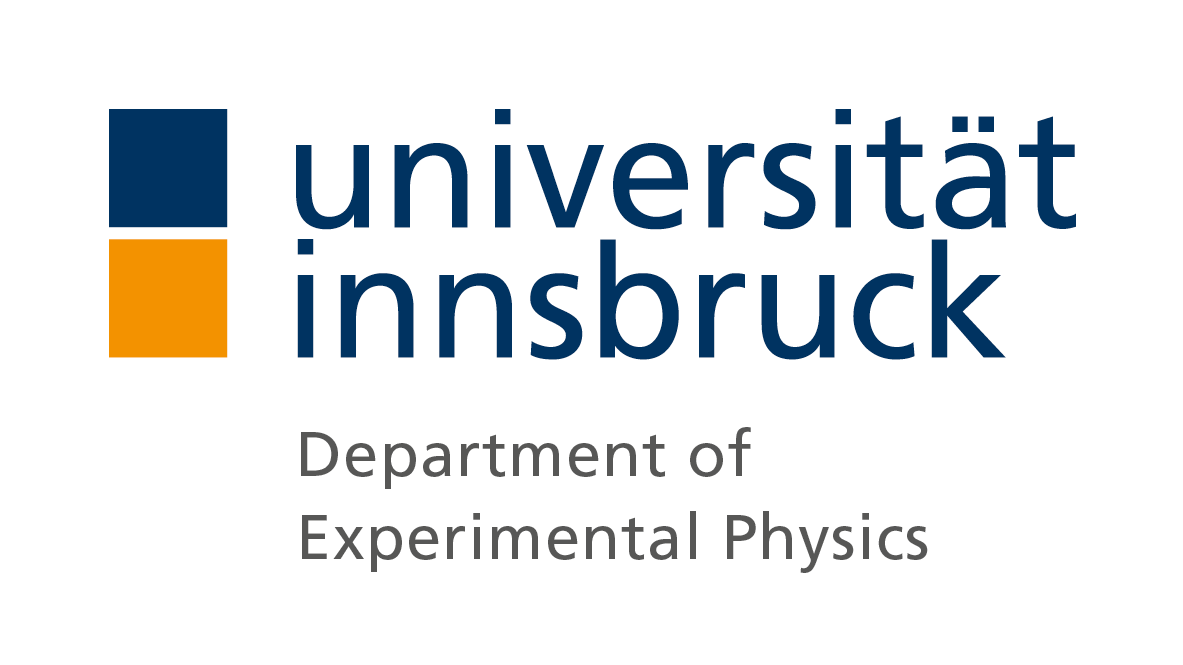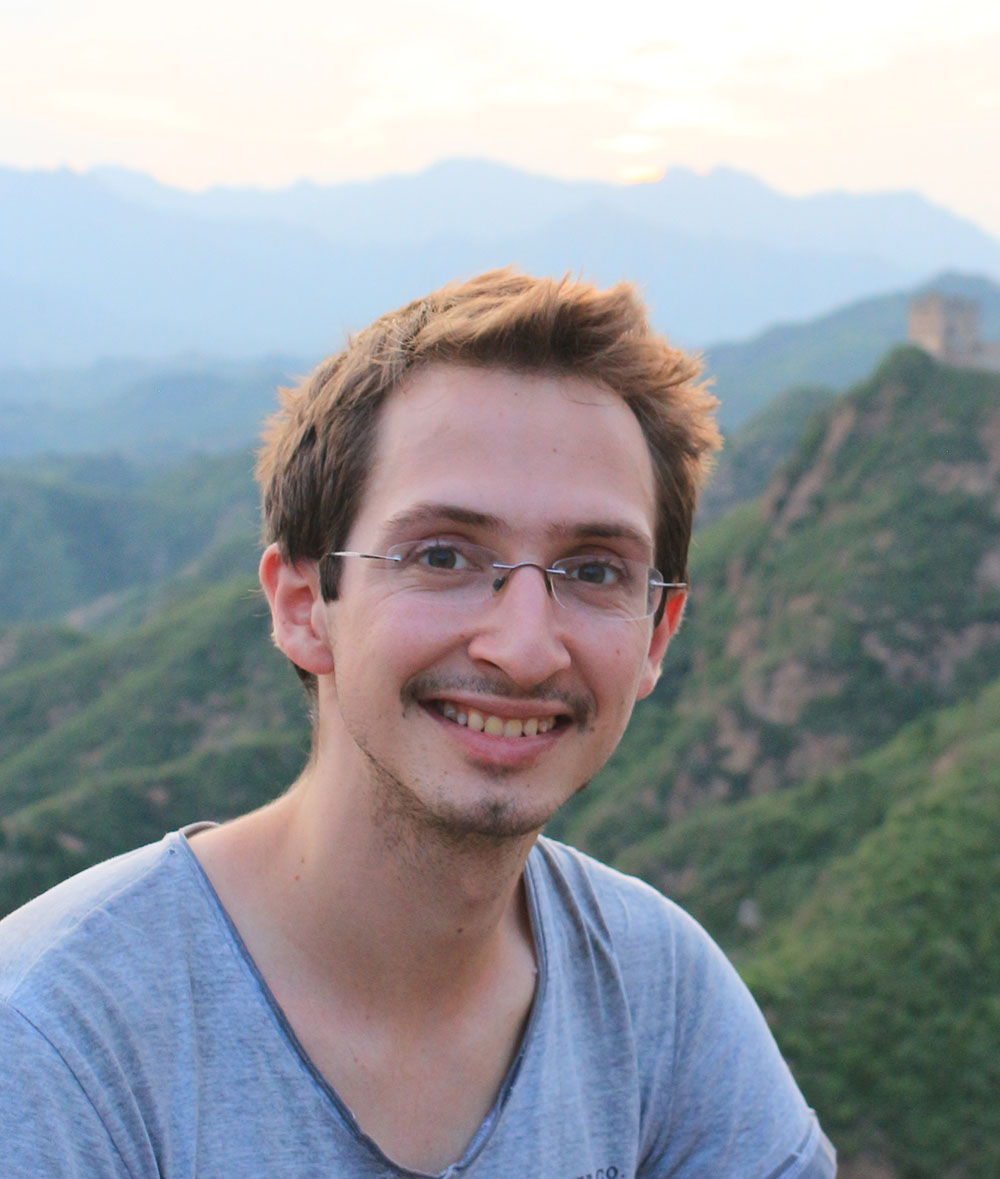
- Details
Martin did his PhD at the University of Queensland, Australia and a postdoc at Heriot-Watt University in Scotland, working on photonic quantum information processing, quantum foundations, and optomechanics. He will work as a postdoc in the quantum information team.
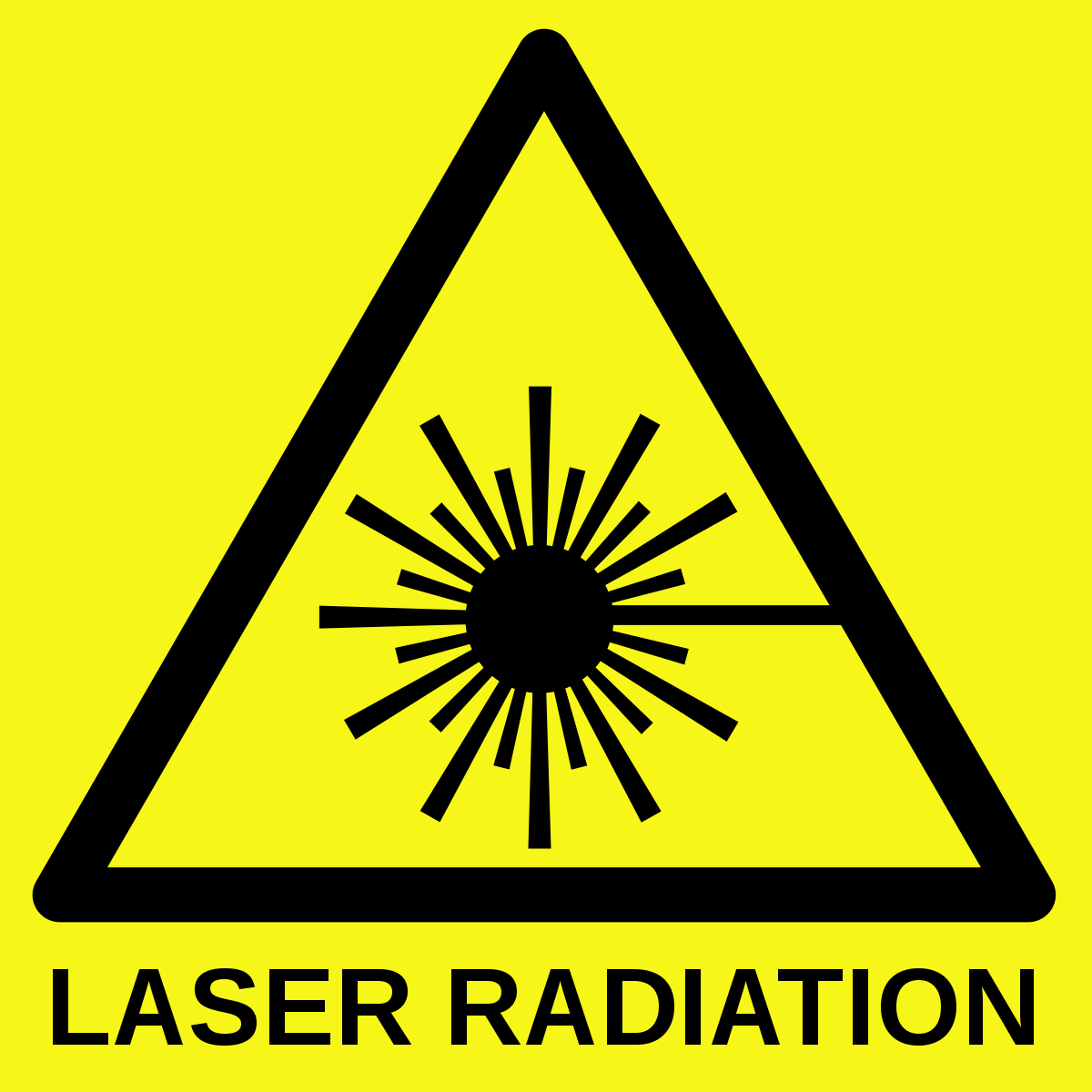
- Details
We work with a variety of lasers in our lab. An important tool to keep ourselves save in the lab are the laser saftey goggles. These are however only each rated for certain wavelengths and powers.
To choose the right goggle for the right laser, we now have an online calculator available.
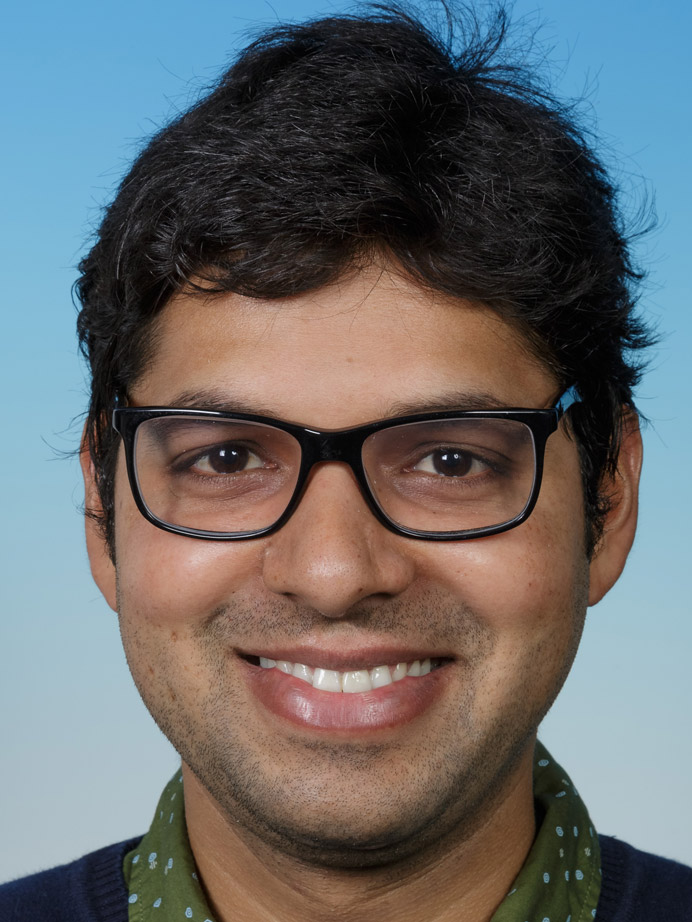
- Details
Manoj has joined the group as a post-doc. He did his Ph.D. at Imperial College London, Great Britain, where he worked on Coherent dynamics of trapped ions in a Penning trap. He will work as a postdoc at the QSIM experiment.
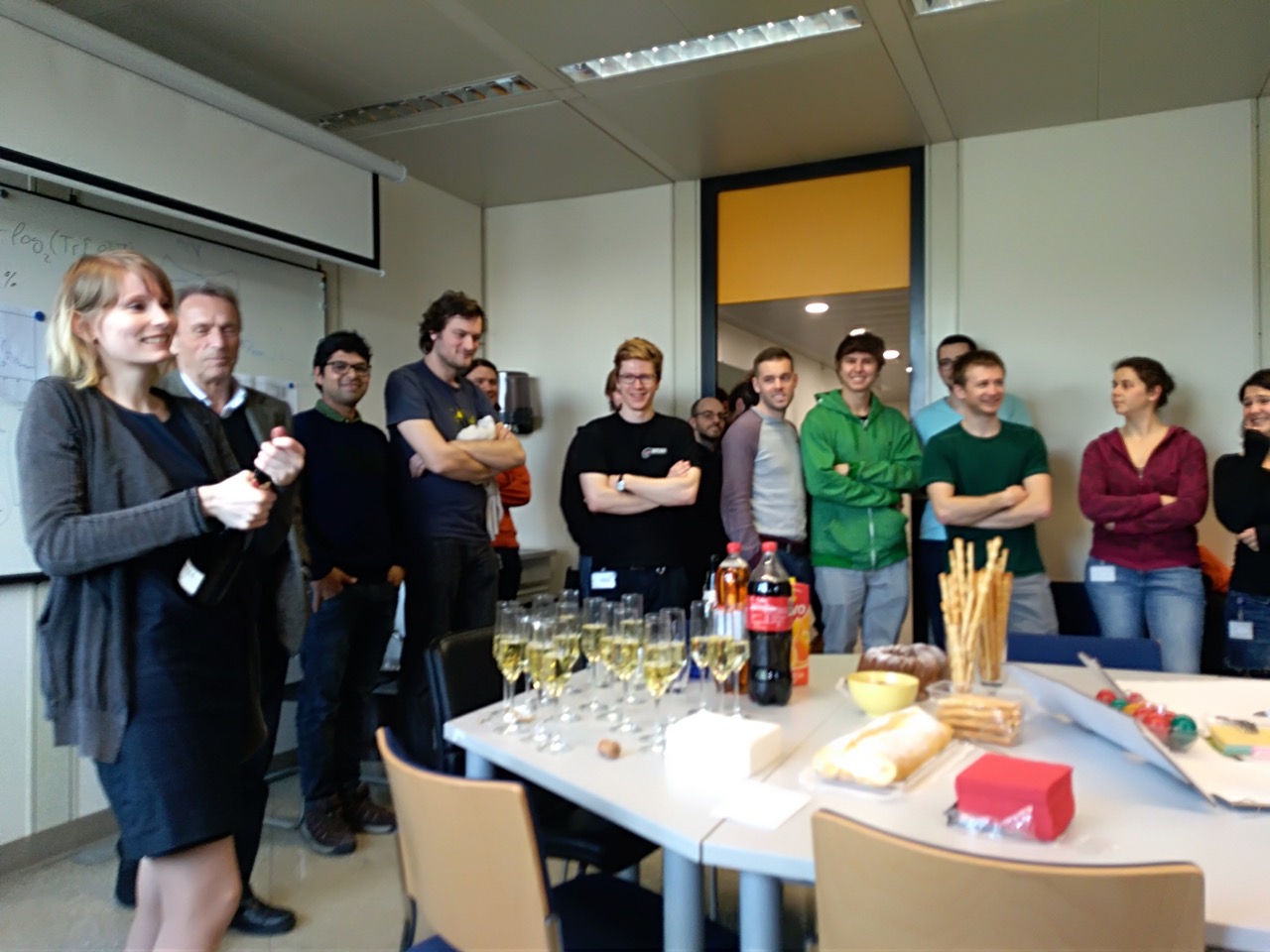
- Details
Congratulations, Leni!
Thesis Title: Laser Locking for Trapped-Ion Quantum Networks
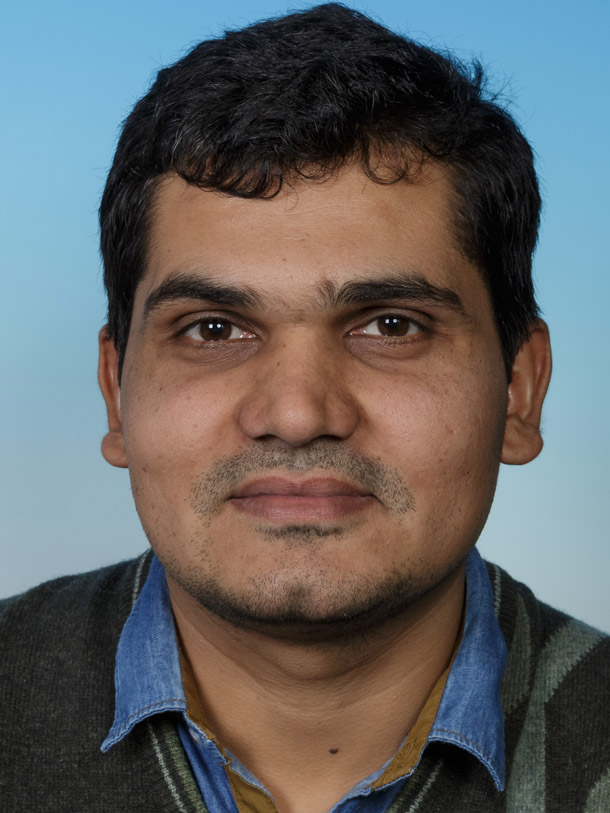
- Details
Irtiza has joined the group as a post-doc. He received his Ph.D. from Griffith University, Australia, where he worked on engineering and integration of a high repetition rate, picosecond UV laser source with trapped ions for fast quantum logic operations. He will work as a postdoc in the ultrafast and precision lab.
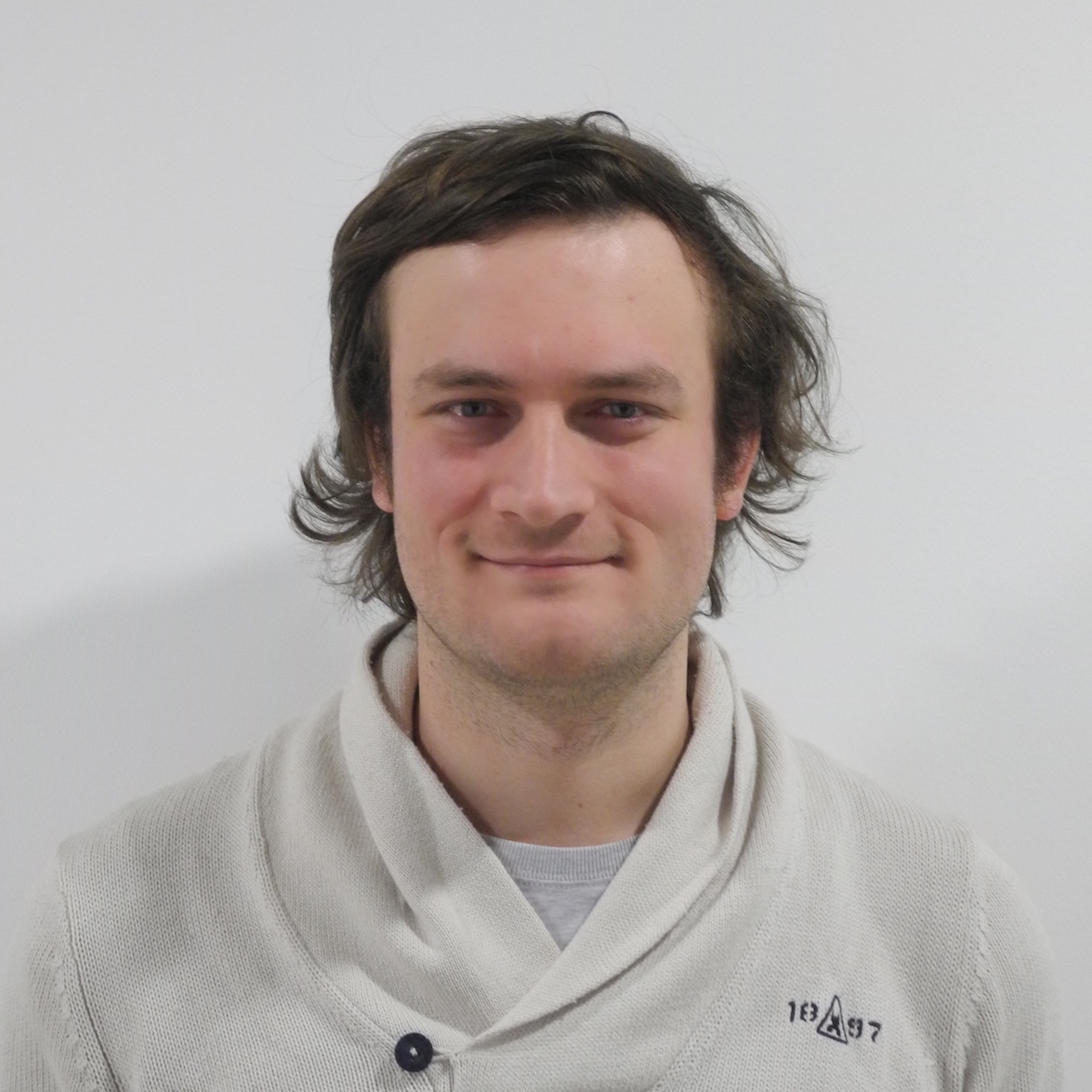
- Details
Pavel has joined the group as a post-doc. He did his Ph.D. at Imperial College London, Great Britain, where he worked on quantum dynamics of ions in a Penning trap. He will work as a postdoc in the quantum information team.

- Details
Manuscript published in Physical Review X! The paper shows that trapped ion technology available today is suitable to build large-scale quantum computers. Protocols tailored to a trapped-ion quantum processor have been developed which allow to detect errors and correct for them.
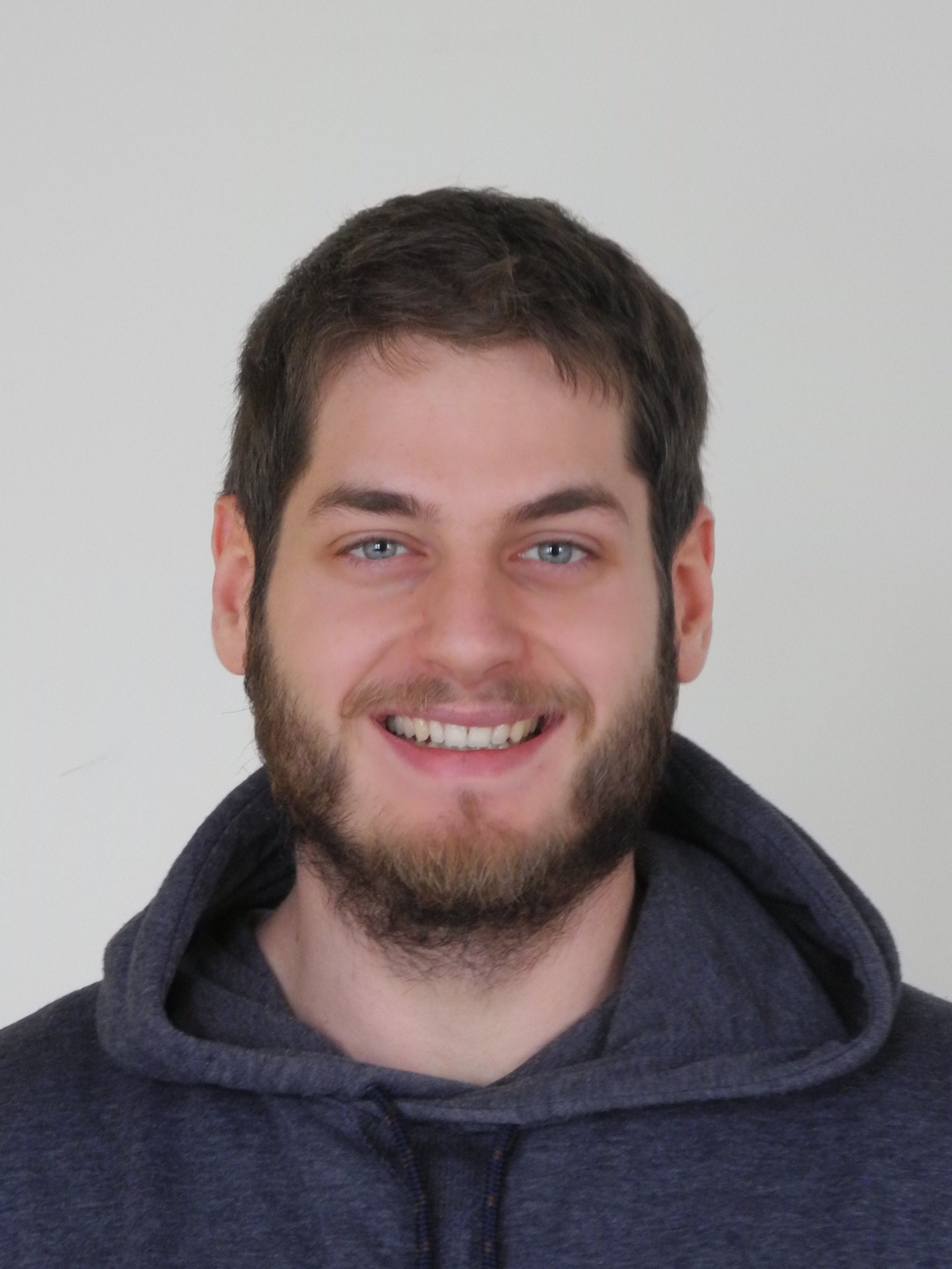
- Details
Matthias Knoll has joined Tracy's Nanospheres And Ions team as a master student. He will be working on the implementation of a feedback system for cooling nanoparticles in optical traps.
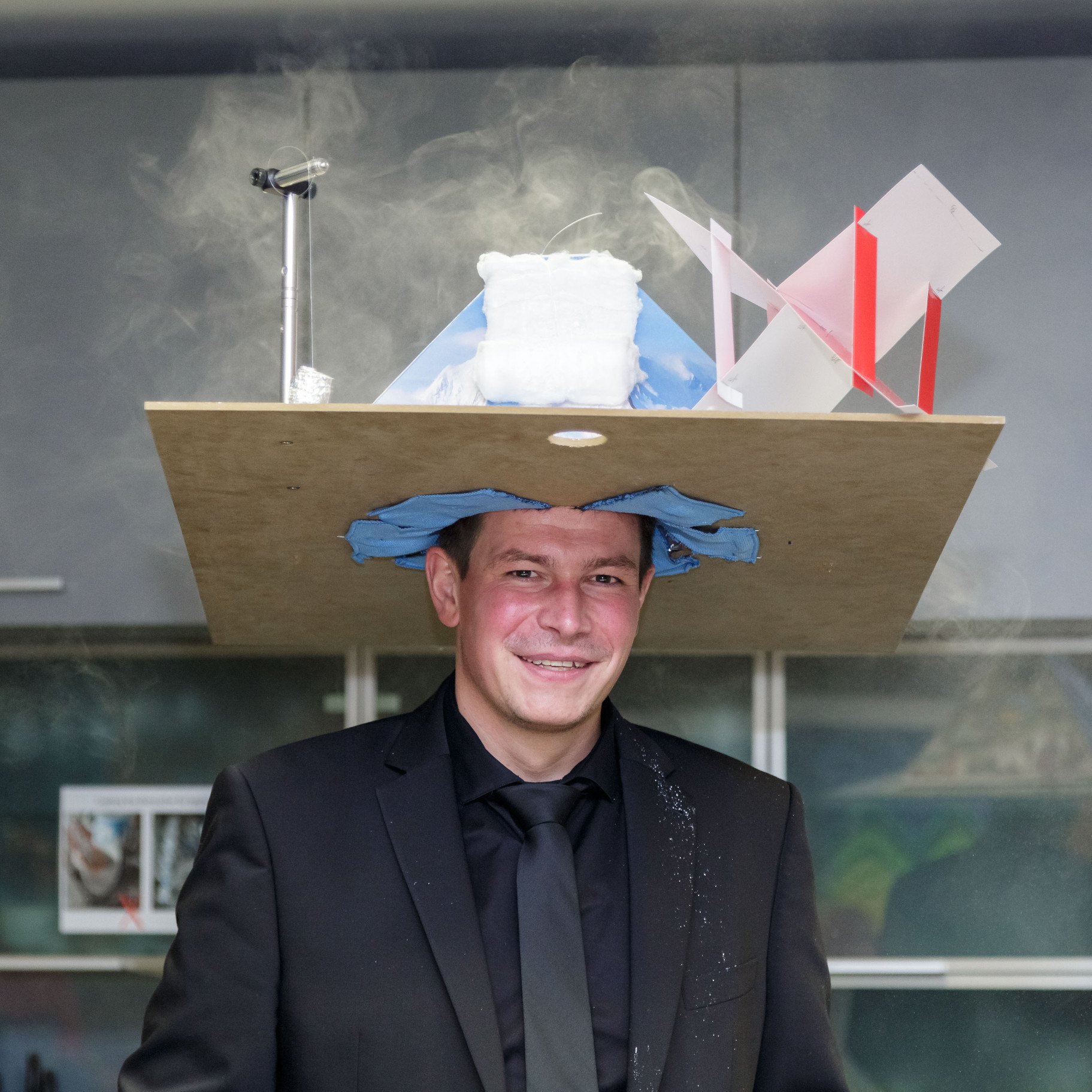
- Details
Congratulations, Michael!
Thesis Tile: Precision spectroscopy with trapped 40Ca+ and 27Al+ ions
